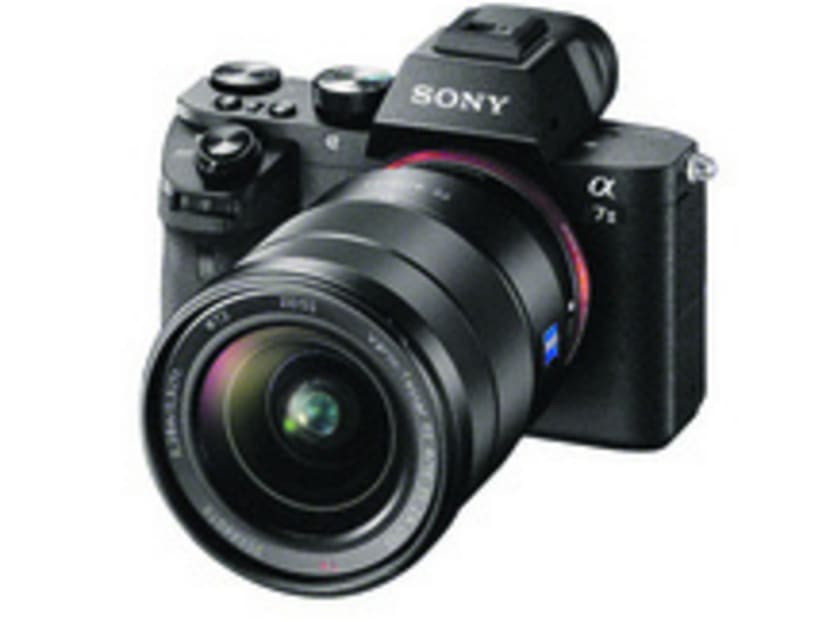Sony’s new camera may be a game-changer

Sony’s A7II is retailing at S$2,149. Photo: Sony
SINGAPORE — Sony’s Alpha 7 (A7) and A7R were near-pioneers in their class when they were launched barely a year-and-a-half ago. Today, the Japanese tech giant remains the only large-scale maker to produce a mirrorless camera with interchangeable lens that features a full-frame sensor.
Before its competitors can even catch up, Sony has launched an upgraded model of the A7 — the A7II.
The differences, when compared with the earlier model, are seemingly minor but extremely significant. The first thing one will notice is the improvement in build quality. The Sony A7II chassis is all-metal, while its predecessor has a plastic front panel.
The lens mount also appears to be sturdier than the A7’s and, crucially, Sony has redesigned the handgrip and controls, fixing some of the handling issues users have experienced with the original.
Using the A7II feels more natural, particularly when shooting on the go. Its shutter-release button has been reshaped and shifted forward, while its handgrip is significantly shallower, allowing one’s fingers to better rest in place.
Still, what makes the A7II stand out is its optical 5-axis image stabilisation system, which corrects movement along five distinct axes: Up-down, left-right, as well as in three angular movements — pitch, yaw and roll. This may prove to be another major industry game-changer.
To be fair, the A7II is not the only mirrorless camera to feature 5-axis image stabilisation — Olympus’ OM-DEM-1 has had it since September 2013. However, its 35mm sensor is much smaller than the A7II’s.
Sony says the 5-axis image stabilisation system allows one to use shutter speeds up to 4.5 stops slower than what would usually be possible.
In layman terms: The A7II is great at compensating for camera shakes and for shooting hand-held in low-light settings.
When put to the test at an outdoor concert one night, the A7II produced better-than-expected results: I was able to catch a number of fast action shots even when lighting was a challenge.
Still, the images cannot compare with those from Sony’s low-light powerhouse — the A7S, which has a maximum ISO sensitivity of 409,600.
The 5-axis image stabilisation system works great for photographers of all levels. Given that the A7II’s image sensor is comparable to that in most DSLRs, there is greater reason for DSLR users to switch to mirrorless cameras as they are far more compact.
Beyond image stabilisation, other improvements to the A7II are more or less standard fare. The camera’s autofocusing is supposedly 30 per cent more responsive and Sony says there is also a one-and-a-half-times improvement in movement tracking.
Unfortunately, I could not do a comparison with the previous model. Autofocusing was near instantaneous but, again, I did not have any gripes about the A7’s speed.
A thing the two models have in common is the 24.3-megapixel CMOS sensor, which has a DxOMark overall score of 90.0 — the second-highest rating given by industry-benchmark setter DxO Labs for a mirrorless camera. The A7R’s 36.4-megapixel’s sensor is still ranked first.
The Sony A7II (body only) retails at S$2,149 at all Sony Stores, Sony Centres and selected authorised dealers.





